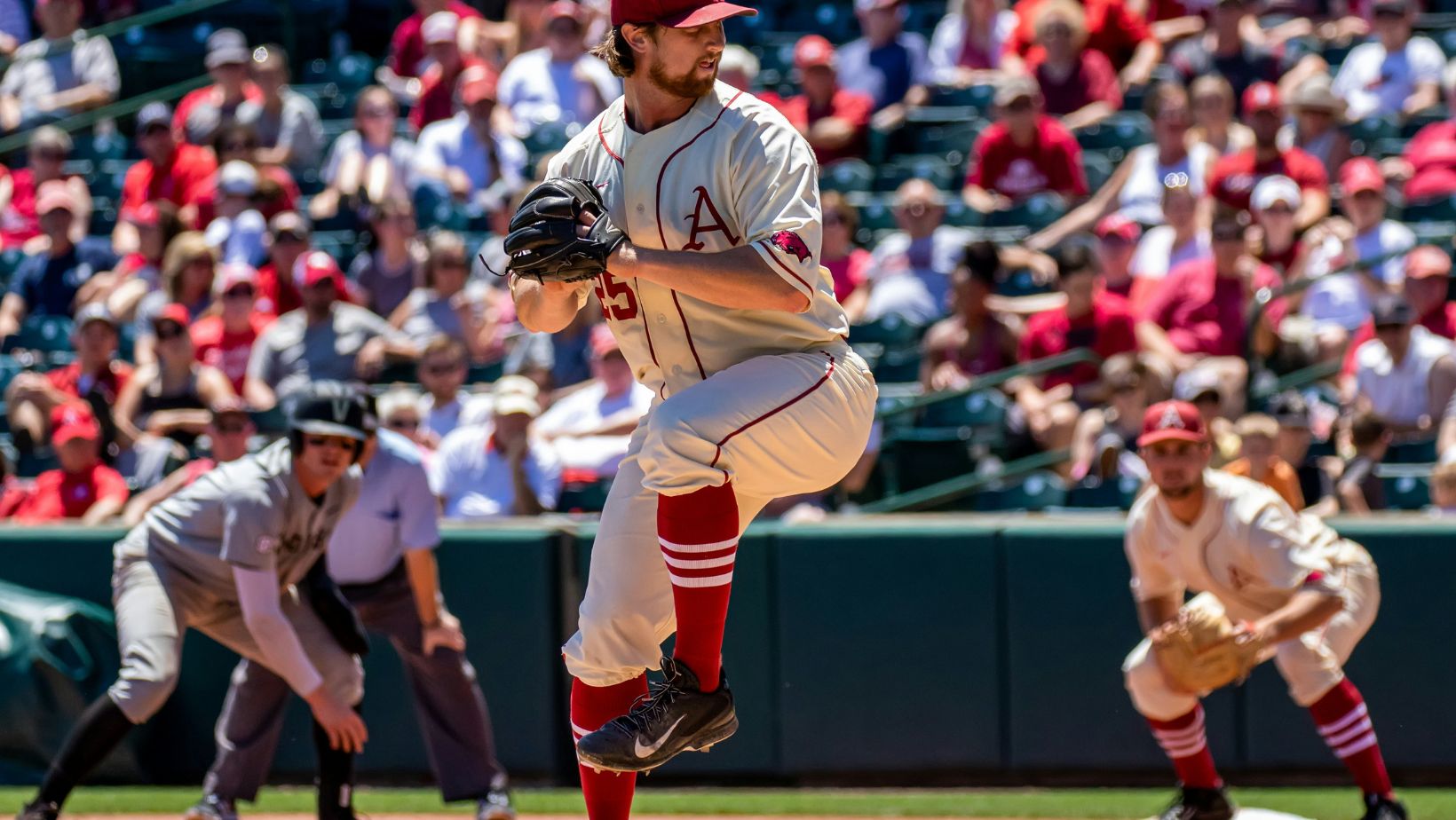Pitching Prop Strategies: Betting on Strikeouts, Outs, and Walks in MLB Games

Pitching props have become a sharp angle for MLB bettors looking to go beyond standard moneylines and totals. Whether it’s strikeouts, outs recorded, or walks allowed, betting on individual pitcher performance adds a layer of strategy that rewards preparation and a keen eye for trends.
Understanding Strikeout Props: It’s Not Just About Velocity
Strikeout props are among the most popular MLB pitching bets for a good reason—they’re straightforward, widely available, and highly influenced by matchup dynamics. But they require more than just knowing who throws hard.
Know the Pitcher’s Swing-and-Miss Arsenal
Not every strikeout pitcher relies on velocity. Many thrive off movement, pitch sequencing, and tunneling. Before placing a bet, dig into the pitcher’s whiff rate, chase rate, and CSW% (called strikes plus whiffs). These advanced metrics provide insight into how a pitcher generates strikeouts beyond simply overpowering hitters.
Raw strikeout totals alone aren’t enough if you’re betting on MLB pitcher strikeouts. You need to understand how a pitcher gets those outs—and whether that skill will translate against the opponent he’s facing. A pitcher with an elite changeup might feast on lineups stacked with aggressive righties. But even a dominant K-per-nine average might not hold much weight if he faces a disciplined team with strong contact rates.
Factor in Opponent Strikeout Tendencies
Just as important is understanding the lineup. Teams vary wildly in strikeout rates by handedness. A lefty starter might have a high strikeout projection against a team that struggles with southpaws but could be far less effective against clubs that shorten up and make consistent contact.
Look into the projected starting lineup for the day, not just season-long stats. If a team rests a high-contact player or adds a few strikeout-prone call-ups, it can skew the projection significantly.
Game Context and Pitch Count Matter
Strikeout props often hover within one strikeout of what the market views as the median projection. This makes micro factors—like pitch count restrictions, weather, and bullpen readiness—critical. A pitcher returning from an injury or working on a short rest likely won’t get the volume needed to clear higher totals, even if he’s sharp early.
If a team has a rested bullpen and a low leash for starters, even a pitcher averaging 6+ Ks per game might fall short. So, always weigh the pitcher’s probability of working deep enough to reach the number, not just the per-inning strikeout pace.
Outs Recorded Props: Predicting Pitcher Longevity
Outs recorded props are about durability and managerial trust. Rather than betting on explosive stuff, you’re evaluating workload, game script, and risk tolerance.
Historical Trends Show Managerial Patterns
Some managers consistently let starters pitch into the seventh, while others are notorious for pulling them at the first sign of fatigue. Understanding this dynamic helps set expectations. Research previous starts in similar spots and see how deep the manager usually lets the starter go.
Patterns like these show up clearly when you commit to deeper MLB pitcher analysis. You begin to recognize tendencies—not just by team but also by manager and in-game situations. These details help explain why one pitcher consistently records 18–21 outs while another, with similar stuff, rarely clears the 15-out mark.
Pitch Efficiency Trumps Raw Stuff
To go deep, a pitcher needs to be efficient. Look for pitchers with low walk rates and high first-pitch strike percentages. A flamethrower who racks up Ks but burns through 90 pitches in five innings won’t cash a 17.5-outs line consistently.
Pitchers who induce early-count contact and keep pitch counts down—think sinkerballers or soft-contact specialists—often offer value on overs if the market underestimates their ability to generate quick outs.
Know the Matchup’s Impact on Pitch Count
Offensive approach plays a massive role in outs recorded. Patient MLB teams who foul off pitches and work counts can drive even efficient starters out early. On the flip side, aggressive lineups that swing early and often might inflate a pitcher’s efficiency stats and open up value on overs.
Weather conditions also influence game flow. Hot, humid days might drain starters faster. High winds or thin air (Coors Field) can also impact how deep a pitcher can realistically go.
Walk Props: Targeting Control Issues at the Right Time
Walk props might not carry the same appeal as strikeout bets, but they offer valuable opportunities—especially when market attention is elsewhere.
Command Is More Volatile Than Velocity
While velocity generally holds steady across starts, command can fluctuate wildly. Pay close attention to recent walk rates, not just season-long data. A pitcher with good overall control might have struggled with location in his last two outings—a trend that could persist against patient opponents.
Look at BB% over the last 3–5 starts, not just year-to-date numbers. If a pitcher has issued multiple free passes in consecutive games, he’s worth a closer look.
Opponent Plate Discipline Drives Opportunity
Some teams swing at everything. Others make MLB pitchers earn every strike. Plate discipline stats like swing rate, chase rate, and walk percentage provide clues about how a team might approach a matchup. If a team ranks top-five in walk rate and the opposing pitcher has command issues, the over becomes a logical play.
Lineup depth also matters. A bottom-third filled with scrappy hitters who grind counts often extends innings, putting more pressure on pitchers to throw strikes in tough spots.
Umpire Strike Zones Play a Subtle Role
It’s easy to overlook, but umpire tendencies impact walk props. Some umpires consistently call tight zones, forcing pitchers to come into the zone more. Others give pitchers the corners or expand the strike zone vertically.
Check umpire databases before placing bets. While not the most critical factor, it can add or subtract a half-walk worth of value in some matchups—just enough to push a tight line over or under.
Betting Smart Means Reading Between the Lines
Success in pitching props isn’t about picking the better pitcher; it’s about understanding how performance, usage, opponent tendencies, and context all interact. These markets reward bettors who dig deeper than the surface stats. With MLB’s long season and daily grind, the edge goes to those who consistently do their homework. Pitching props offer that edge—if you’re willing to look beyond the obvious.
